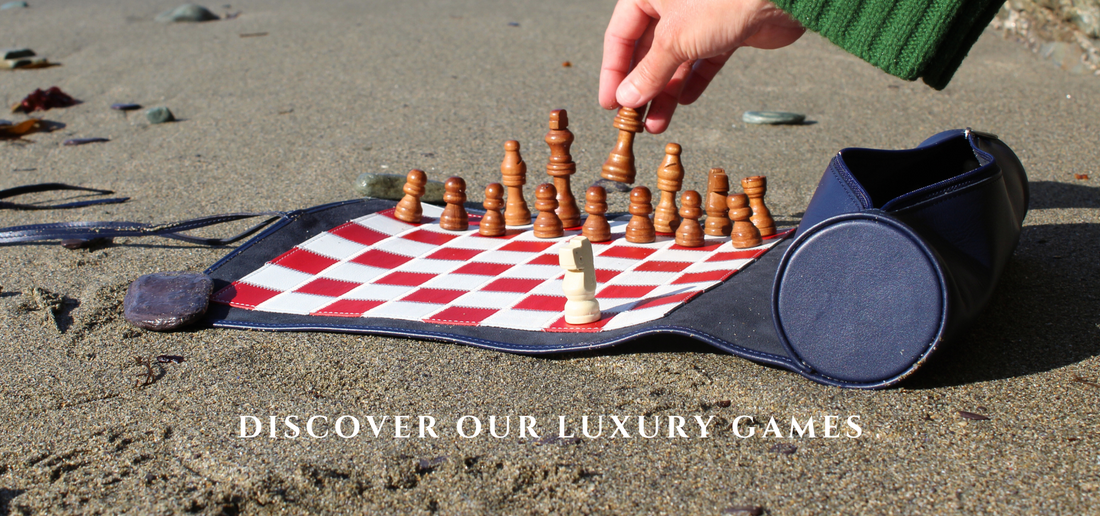The sport of the Summer!

Padel is one of the fastest-growing sports globally, and for good reason!
Combining the best elements of tennis, squash, and even a bit of badminton, Padel is a fun, social, and accessible game for players of all ages and skill levels.
Whether you're looking to try something new or want to enhance your skills, this guide will help you understand the basics of Padel, the key differences between Padel and tennis, the essential equipment, and some helpful tips for improving your game.

The Benefits of Playing Padel
Playing Padel offers numerous benefits, both physical and mental.
Here are some of the key advantages:
Social Interaction: Padel is usually played in doubles, making it a highly social sport. It's a great way to meet new people, strengthen relationships, and enjoy a fun time with friends and family.
Physical Fitness: Like tennis, Padel is a great cardiovascular workout that helps improve endurance, agility, and coordination. The quick movements and reflexes required can help with weight loss, muscle tone, and overall fitness.
Mental Stimulation: Padel requires strategic thinking, quick decision-making, and mental focus. These elements make it a great sport for keeping the mind sharp and engaged.
Low Impact: Padel is easier on the joints compared to sports like tennis or squash, as the game involves shorter movements and is generally played at a slower pace. This makes it a suitable option for older players or those recovering from injuries.
Accessibility: The game is relatively easy to learn, making it accessible for beginners. With a smaller court size and simpler rules, you can start having fun from the first match.

What are the Differences Between Padel and Tennis?
While Padel and tennis share some similarities, there are key differences that set them apart:
Court Size and Walls: Padel courts are smaller than tennis courts, measuring 20m x 10m. The courts are enclosed with walls, and the walls are integral to the gameplay. The ball can bounce off the walls, adding a unique dynamic to the game.
Racket Design: Padel rackets are solid and perforated, unlike tennis racquets, which have strings. Padel rackets are smaller and more manageable, especially for beginners.
Serving Rules: In Padel, serves are underhand, unlike tennis where serves are typically overhand. This makes the serve less dominant and places more emphasis on strategy and positioning.
Scoring System: The scoring system in Padel is the same as in tennis, with games, sets, and matches. However, the use of walls and the enclosed court often leads to longer rallies, making the game more dynamic and less predictable.
Game Pace: Padel tends to be a more tactical game with shorter sprints and quick reactions, compared to the often faster-paced, longer-range rallies in tennis.
What Equipment will I need?
If you're ready to hit the court, here's what you’ll need:
Padel Racket: The most important piece of equipment is the Padel racket. When choosing a racket, consider the following:
Padel Balls: Padel balls are similar to tennis balls but slightly less pressurized. They are designed to work optimally with the smaller court and slower game pace of Padel.
Padel Bag: A dedicated Padel bag is ideal for carrying your racket(s), balls, shoes, and other accessories. Look for one with multiple compartments for easy organization.
And of course you will need one of our Padel Bag Covers!
Our colourful Padel Bag is a fashionable and functional accessory, expertly crafted from high-quality leather with contrast piping.
It includes an adjustable fine leather strap and a secure zip closure. We can also engrave your name or intials in silver or gold foil which is incredibly chic and has been extremely popular!

Tips for Beginners: How to Play Padel
Getting started with Padel is easy, but here are some tips to help you improve quickly:
Focus on Positioning: Unlike tennis, where players often stay at the baseline, Padel players should move towards the net as much as possible. Good positioning is key to controlling the game.
Use the Walls: The walls in Padel are your friends. Practice letting the ball bounce off the walls to extend rallies and catch your opponents off guard.
Play with a Partner: Since Padel is typically played in doubles, communication with your partner is crucial. Work together to cover the court effectively and strategize your plays.
Master the Serve: The underhand serve may seem simple, but it’s essential to start the point with precision. Practice serving low and to the side, aiming to make it difficult for your opponent to return.
Stay Relaxed: Padel is about control and strategy, not brute force. Stay relaxed, focus on your placement, and don't be afraid to play defensively when needed.
Watch and Learn: If possible, watch experienced players to learn new techniques and strategies. Pay attention to their positioning, shot selection, and use of the walls.

Whether you're new to Padel or an experienced player looking to up your game, this guide provides a solid foundation for understanding and enjoying the sport. With the right equipment and a few strategic tips, you'll be ready to enjoy everything Padel has to offer.
And don’t forget, a high-quality Padel bag can help you stay organized and prepared, so you can focus on what really matters—having fun on the court!


















